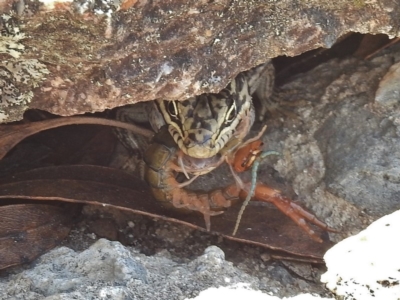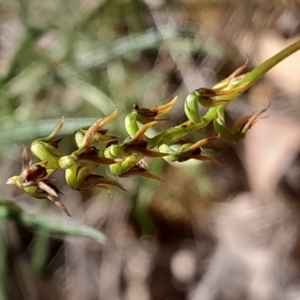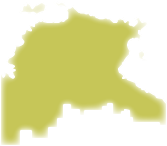Top species richness
Wingecarribee Local Government Area
0.02 sightings / ha
South East Forest National Park
0.83 sightings / ha
Announcements
Hi everyone,A huge thanks to those who completed the Future of NatureMapr survey recently, we appreciate the time and effort you invested to let us know what you think.We received about 400 survey res...
Continue reading
Application Testing: Update 4.4.0
NatureMapr video launch - please share
Discussion
Lepidoptera unclassified IMMATURE moth
Lepidoptera unclassified IMMATURE moth
Significant sightings
- Rhodamnia rubescens at Currowan State Forest
- Blechnum cartilagineum at Mount Taylor
- Cystopelta purpurea at Seaview, VIC
- Maratus velutinus at Murramarang National Park
- Rhodamnia rubescens at Royal National Park
- Hyparrhenia hirta at Tuggeranong Hill
- Eucalyptus neglecta at Molonglo River Reserve
- Eucalyptus neglecta at Molonglo River Reserve
- Pultenaea aristata at Dharawal National Park
- Isolepis montivaga at Namadgi National Park
Latest identifications
Argiolestidae (family) at Captains Flat, NSW
Argiolestidae (family) at Paddys River, ACT
Argiolestidae (family) at Cotter Reserve
Argiolestidae (family) at Monga, NSW
Austroargiolestes icteromelas at Acton, ACT
Indigofera australis subsp. australis
Indigofera australis subsp. australis
Top contributors
- AlisonMilton 12.3K
- trevorpreston 12.2K
- michaelb 10.2K
- Tapirlord 9.4K
- RodDeb 9.1K
- Mike 8.3K
- KylieWaldon 6.1K
- kasiaaus 6.1K
- jb2602 6K
- MatthewFrawley 5.4K
Top moderators
- MichaelMulvaney 42.1K
- Tapirlord 21.7K
- natureguy 15.1K
- donhe 12.3K
- michaelb 11.5K
- Liam.m 11.1K
- ibaird 10.6K
- KimPullen 7.9K
- MatthewFrawley 5.7K
- AlisonMilton 5.2K
Explore Australia by region
Australian Capital Territory
Canberra & Southern TablelandsNew South Wales
Albury, WodongaCanberra & Southern Tablelands
Central West NSW
Far West New South Wales
Greater Sydney
Hunter Region
New England
New South Wales North Coast
Riverina Murray
South Coast
Southern Highlands
Northern Territory
Central and BarkleyTop End and Big Rivers







































































































![Unidentified Cap on a stem; gills below cap [mushrooms or mushroom-like] at suppressed by arjay Unidentified Cap on a stem; gills below cap [mushrooms or mushroom-like] at suppressed by arjay](https://api.naturemapr.org/api/sightings/4567271/images/1?width=300&height=300)

























































































